Arriving at a major city, a country's capital (a relatively modest one admittedly) by boat is a first for us and we enjoyed the sight of Phnom Penh's Wats, Royal Palace with its distinctive ornate roof. They were under the cover of dark clouds hovering over the city. We got off and walked the 1 km distance to our hotel without fuss (much to the chagrin of the tuk-tuk drivers battling for business at the boat dock), enjoying the walk along the Tonle Sap river (which joins the larger Mekong River just south of the city). The slower pace and fewer people around is a welcome change after the rush of Vietnam.
Phnom is the Khmer word for hill and the hill for which it is named is only 27m high. The Khmer script could easily be mistaken for Telugu/Kannada or Sinhalese and is most certainly a distant cousin. The Laotian and Burmese scripts are cousins too, probably twice removed. We are happy to see bilingual signs again after Vietnam where the signs are only in Vietnamese. The fact that modern Vietnamese is written with Roman alphabets (with plenty of accent marks) is of little help to foreigners. Even though you could string together what is written, it still makes little sense to you. You can't even make out place names in long phrases. On the bilingual signs seen in Laos and Cambodia, one can focus on the English portion.
Even Phnom Penh's residents don't seem to think much of their city and rate it to be a day's worth of sightseeing. The Royal Palace and National Museum (adjacent to each other) are a delight to the camera because they are photgenic. Those who've been to its counterpart in Bangkok will see a lot of similarities. The weekend saw a lot of visitors (including many locals who seemed to have come from deep in the country for a once-in-a-lifetime visit) crowding through the Royal Palace. Apart from the display of Royal vestments, the complex also includes a Wat with an Emerald Buddha housed in a "Silver Pagoda" - so called because of its silver tiled floor. The seating area is covered for the devout to pray before the small Emerald Buddha and a much larger Golden Buddha studded with several diamonds, but a small portion of the floor is left uncovered to display the silver tiles to visitors.
The adjacent National Museum is mostly centered around the Angkor Kingdom (near the city of Siem Reap some 250km north of Phnom Penh). It offers a very good introduction to Cambodian history from Pre-Angkor and Angkor periods. It was strange to see the typical scam of someone offering an incense stick or garland for you to place on a Buddha and then demand a "donation". One expects this sort of thing at temples, but not in a National Museum!
Cambodians are a softer people in appearance and manner compared to other South East Asian nations. They seem to have a veneer of innocence in their facial features making the men appear baby-faced and the women prettier. This is in stark contrast to their brutal nightmarish history that the entire population suffered during the Khmer Rouge years (April 1975 to January 1979). Cambodia's cities suffered the worst and Phnom Penh bore the brunt of the "autogenocide". Within a week of their arrival on April 17, 1975, the Khmer Rouge (mostly uneducated teenagers recruited from the countryside) evacuated the entire city - homes, hospitals, schools, universities - and marched the residents to the countryside for working 12-hour days in the rice fields. Families were separated, most never saw each other again. The old and the sick were not spared. Many died due to starvation and sickness in the first few weeks itself. Those who resisted were summarily executed. Educated people like doctors, lawyers, engineers etc. were considered enemies of the revolution and executed anyway.
The Tuol Seng school in the city, which was converted into a prison by the Khmer Rouge (code named S21) is now the Genocide Museum. From the outside it still looks like a school. On closer look, one can see the barbed wires. Classrooms were partitioned using brick and wooden walls to form torture chambers for class enemies. Inside are documents of forced confessions (mostly fictional) extracted from the inmates, several of whom were eventually transported to the killing fields of Choeung Ek, some 15 km. from the city. The wheels of justice are turning at snail's pace and it is unlikely that the surviving perpetrators (already ailing in captivity) will last the judicial process. Their secretive leader, the moon-faced, gentle natured Pol Pot (Brother Number One to party cadres) evaded justice by dying in 1998. His policies are credited for the deaths of millions of Cambodians. The Genocide Museum has an interesting exhibit explaining the technical definitions of the phrases "Genocide", "Crimes against Humanity" and "War Crimes". What happened during the Khmer Rouge years cannot strictly be termed genocide due to the lack of a clear demographic divide between the victims and perpetrators. The term "autogenocide" had to be coined for this very special and gruesome chapter in human history.
The killing fields of Choeung Ek looks like any tree-lined orchard today. But the place bore witness to some of the most horrifying acts of brutality ever conceived by humans. The admission includes a free audio tour and this makes the experience completely different. The atmosphere is one of eerie quietness as all visitors walk quietly listening to the narrative (in a language of their choice) trying hard to imagine the unimaginable. One can only imagine several guides talking at the same time on megaphones (like you see in Chinese places of history) and how it will be disrespectful to the memory of those who lost their lives here. A central tower houses the hundreds of skulls and clothing unearthed there. It is the pile of clothing - shirts, blouses, trousers, children's shorts - that brings home the reality of what happened here.
Truckloads arrived here from S21 and other prisons, initially with a few people every week, later becoming hundreds a day. Blindfolded occupants, several probably aware of their impending execution despite the lies that had been told them, killed and dumped into mass graves as revolutionary music played on loudspeakers to drown the noises of the dying. Bullets were expensive to manufacture in the closed country, so crude methods (sticks, axes, hammers) were used for killing. Chemicals were sprayed, initially to drown the stench of the decaying bodies but eventually used to kill those still breathing. One particular tree is fully covered with colorful prayer offerings from visitors - babies were killed by smashing their heads against it. The chilling aspect of the killing fields is that these were not acts of hate, but part of a carefully planned political process that was intended to ensure that capitalism and the market economy never resurfaced. The executioners - already brainwashed - knew that if they refused to comply, they would be executed instead. All direct and indirect concomitants of social inequality - money, markets, religion etc. were abolished. The postal system was done away with since the party was all that a citizen needed. Precious documents created by archaeologists working on reconstructing Angkor temples from their ruins, were destroyed since abolition of history was a major aim.
A group of boys have climbed up a tree nearby and are chatting away, perhaps curiously about the foreigners walking gloomily in the orchard nearby. We wonder if they think about the generation above them that did not enjoy the simple luxury of a carefree afternoon in the tropical shade. Serendipitously, a loudspeaker belts out a mournful song in the distance, unrelated to the killing fields but fitting the narrative in our headphones. The recorded voice asks us "What if one in every four persons in your country simply vanished in a 4 year period? Can you imagine that?". One is also presented with the irony that western countries did not recognize the government formed after 1979 when Vietnam intervened and drove the Khmer Rouge out of power. The Khmer Rouge, unbelievably, could hold on to their UN seat till the nineties. For all their communist credentials, the Khmer Rouge did have US patrons who were presumably reluctant to recognize a government formed with Vietnam's intervention.
Today, the United States Dollar, the iconic symbol of capitalism, is ubiquitous in Cambodia. The prices in many shops and in restaurant menus are quoted in USD and the currency is used everywhere. Visitors will be surprised to see that the ATMs do not dispense Khmer Riels but US Dollars. The local currency is only used to make up sub-dollar change amounts. Most of the population is very young, born after the Khmer Rouge were removed from power. One rarely sees older people. This was a truly national tragedy where no one felt that it happened to someone else.
Eager to learn more, we browsed through a few books at a store and came across a biography of Pol Pot. The young woman minding the store said "Very bad man. Have you been to Tuol Sleng? Want to buy? Five dollar".
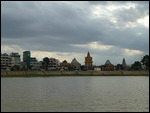
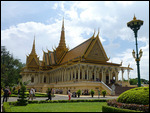
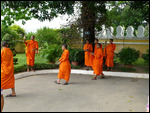
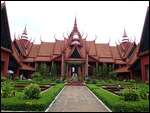


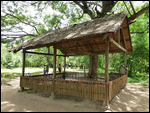
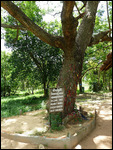
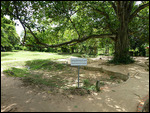
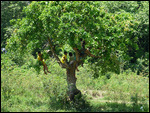
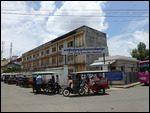
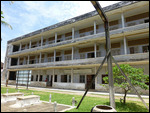



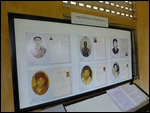


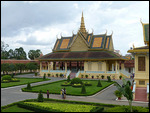

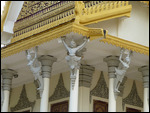
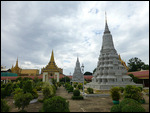
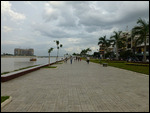
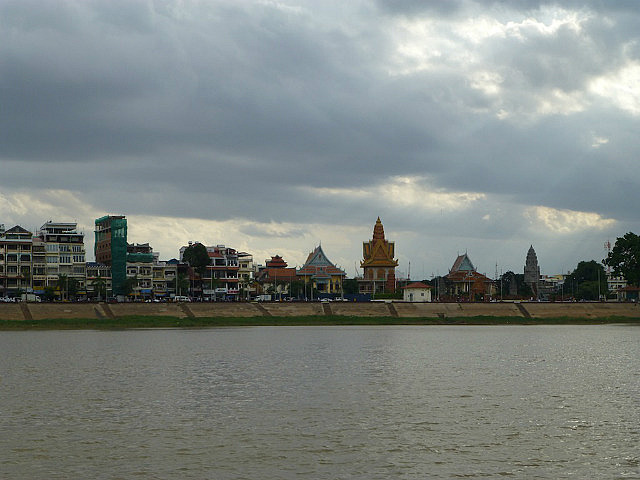

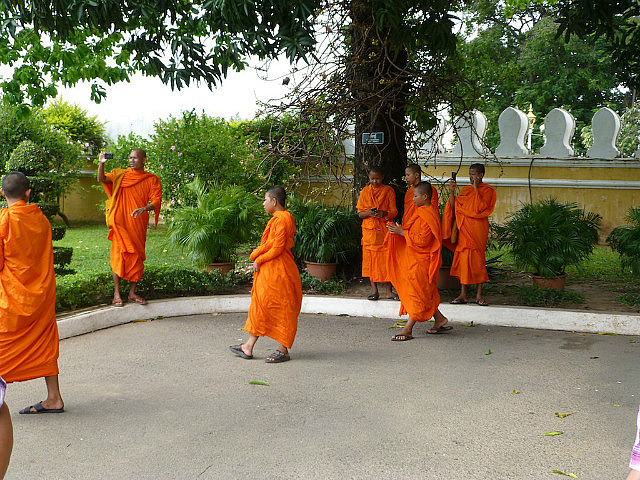

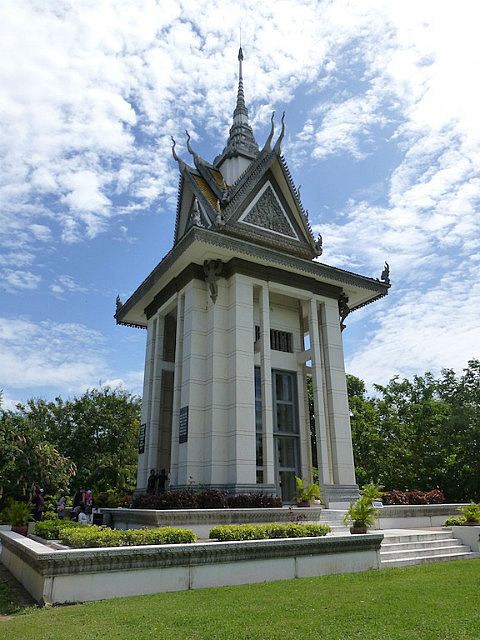
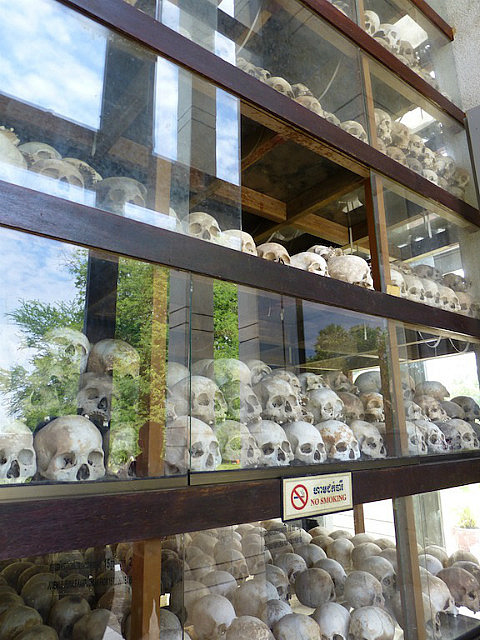

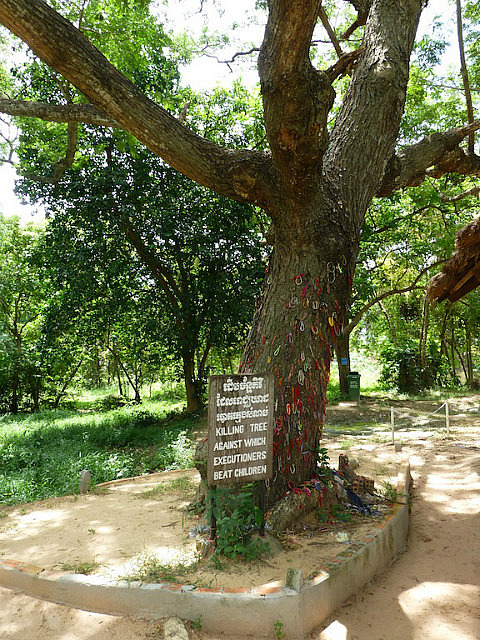
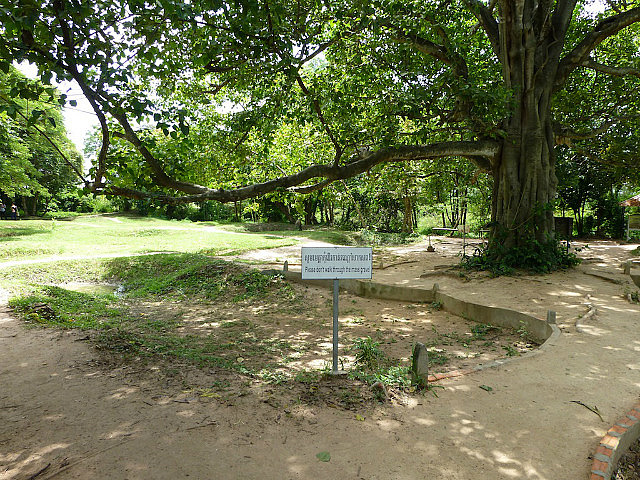

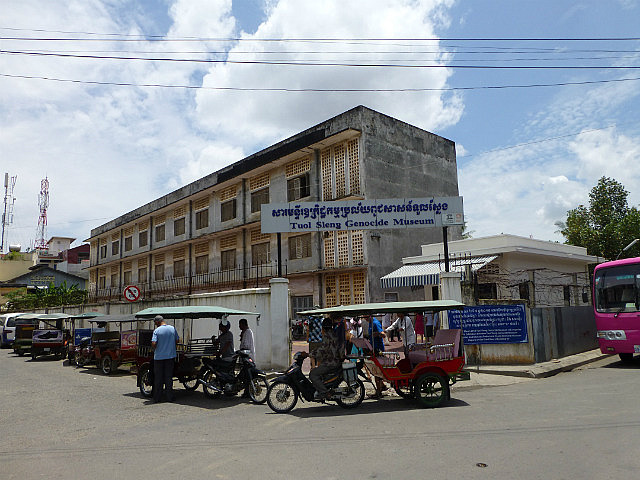

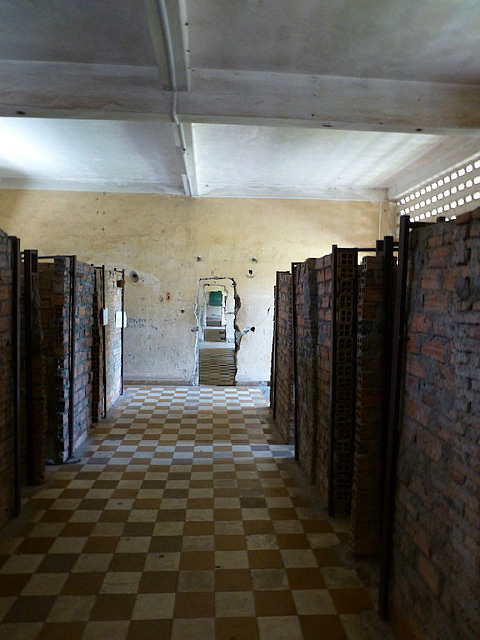
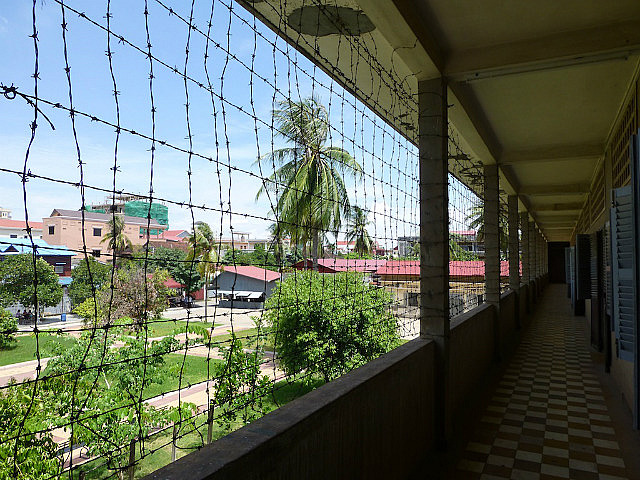
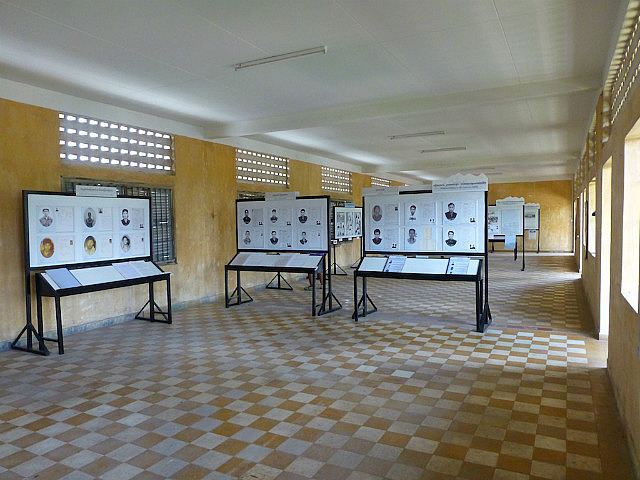
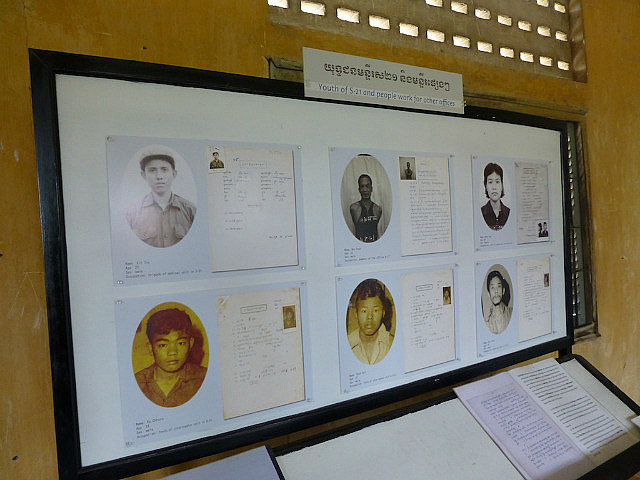
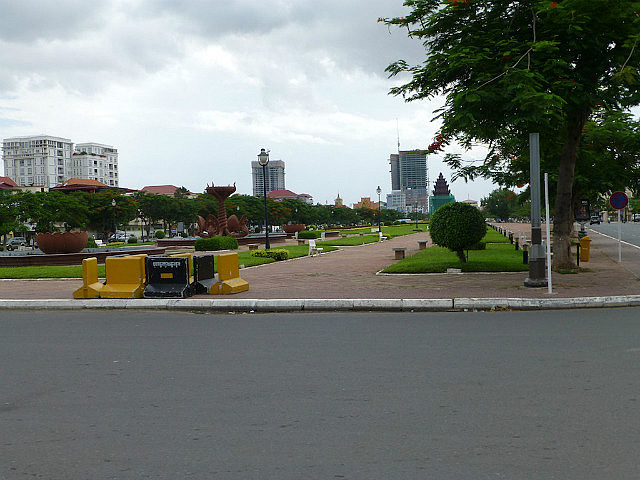
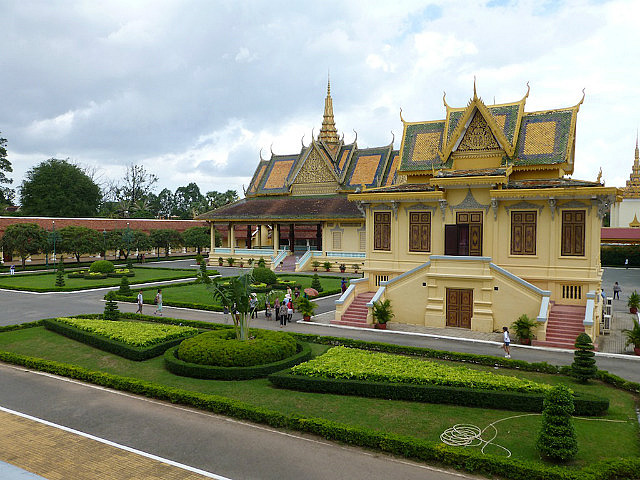
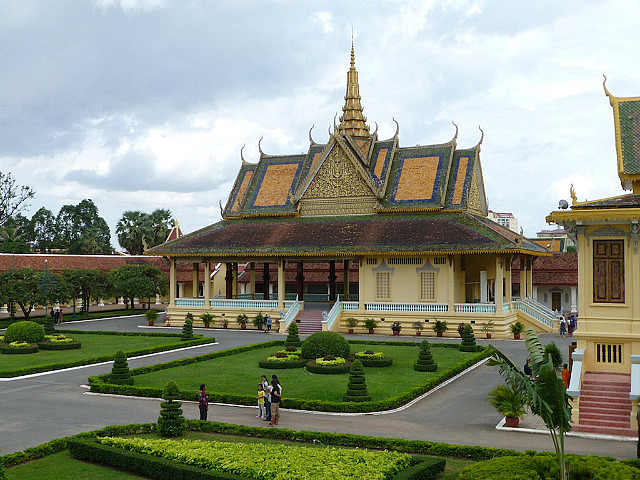

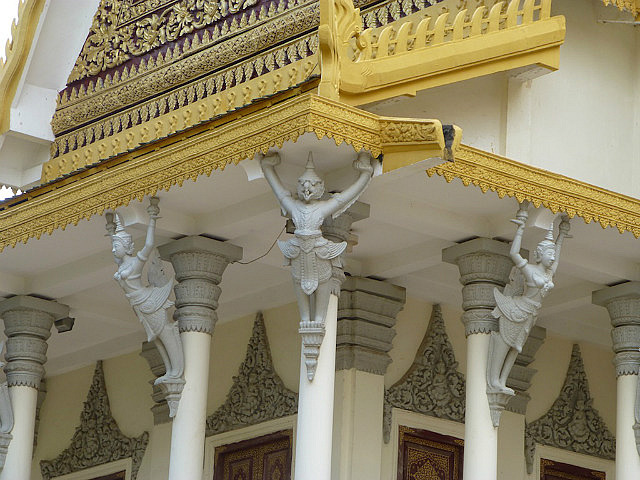
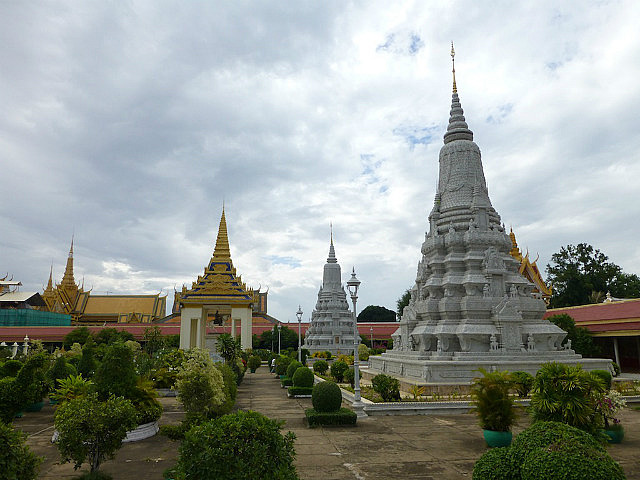
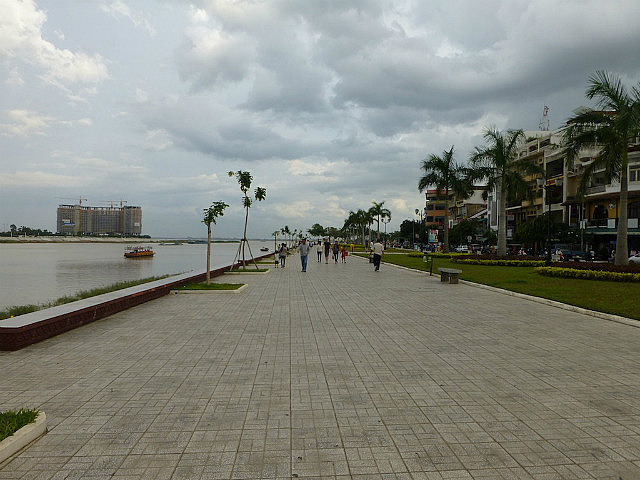
Comments